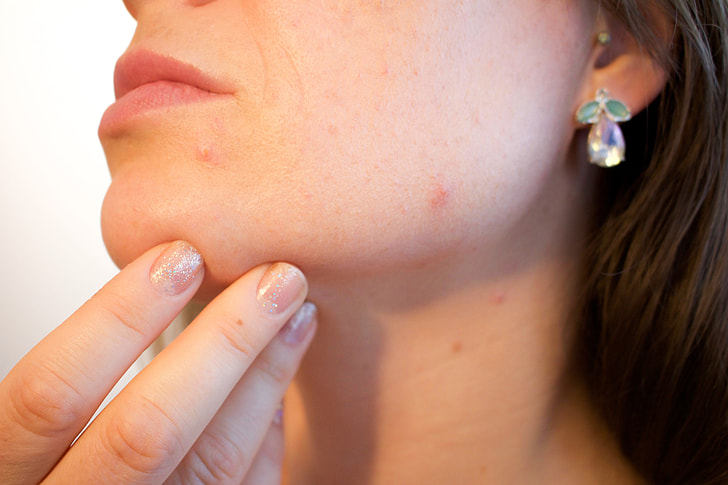Benzophenone – It’s March break: make sure you know what’s in your sunscreen and other skin and hair products to avoid allergic reactions

Halloween Makeup Safety Tips
March 11, 2017
Penny for My Thoughts on Nickel Allergy Relating to Joint Replacements and Dental Implants
November 1, 2017Benzophenone – It’s March break: make sure you know what’s in your sunscreen and other skin and hair products to avoid allergic reactions
With March Break upon us, many families are planning their sunny escapes and will bring sunscreen along for the ride. Our allergen of the month, from the Benzophenone group, is the most common chemical to cause allergic reactions to sunscreens. While the percentage of allergic reactions to benzophenone is low, it is still worthwhile examining its use and nature. Most negative reactions to sunscreens are immediately and not allergy based. They are felt on application , with the most common sensations being burning and stinging of the skin.
Benzophenone is a chemical used to absorb ultraviolet light, which some refer to as a chemical sunscreen. However, it is used in more than just sunscreens. It can be found in hair sprays, shampoos, dyes, detergent bars, lip balms, and even nail polishes. It also has many industrial applications including, aerosol sprays to protect color prints, and transparent shades to protect window displays. It was the Allergen of the Year in 2014 chosen by The American Contact Dermatitis Society (of which I am a member) to raise awareness within the medical community that this group of chemicals is not just found in sunscreens.
Benzophenone was first added to sunscreens in the 1950s. There are several different forms of benzophenone: -3, -4, -8 and -10 are the most commonly used in personal care products. Benzophenone -3 is the most widely used form in sunscreens and also the most common to cause an allergic reaction.
Interestingly, it is found in hair care products. Why would you find a sunscreen in your shampoo? Apparently, they can help preserve the hair dye you use and may protect the hair cuticle from ultraviolet damage.
Benzophenone can also cause ‘photoallergy’. This means the chemical plus ultraviolet light together produce an allergic reaction. It is believed that the ultraviolet light changes the chemical structure of the benzophenone molecule, which then produces an allergic reaction. Typically, when the sun hits the area of the skin where the sunscreen has been applied, it can produce red, itchy patches, which is something you want to avoid when you are trying to enjoy the outdoors.
Remember to read labels in all the skin and hair products you use, which is the best way to ensure you won’t be scratching through your vacation.









